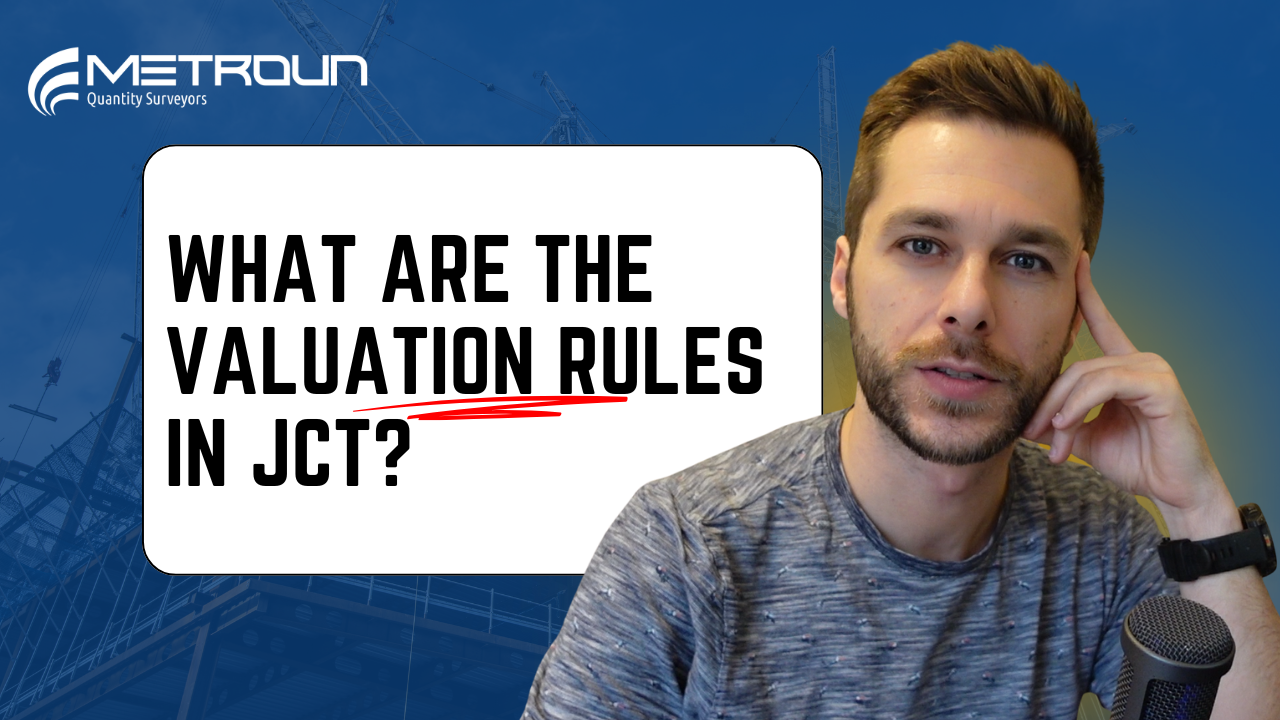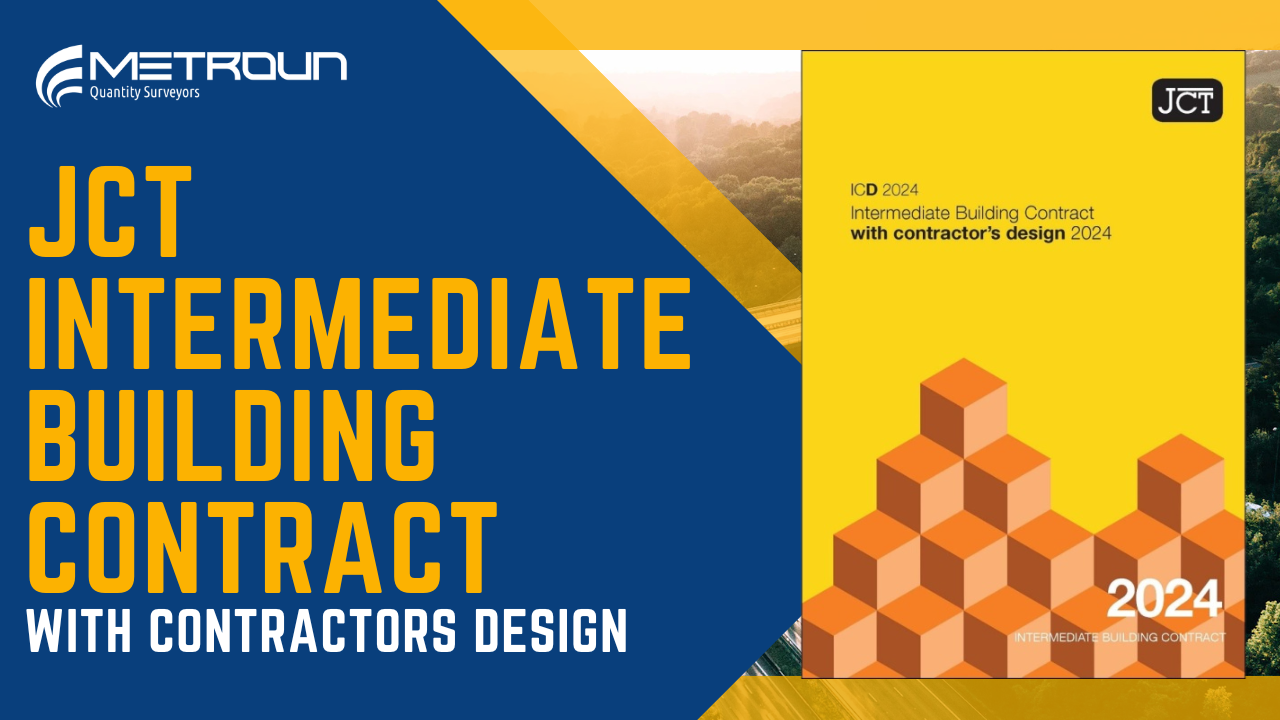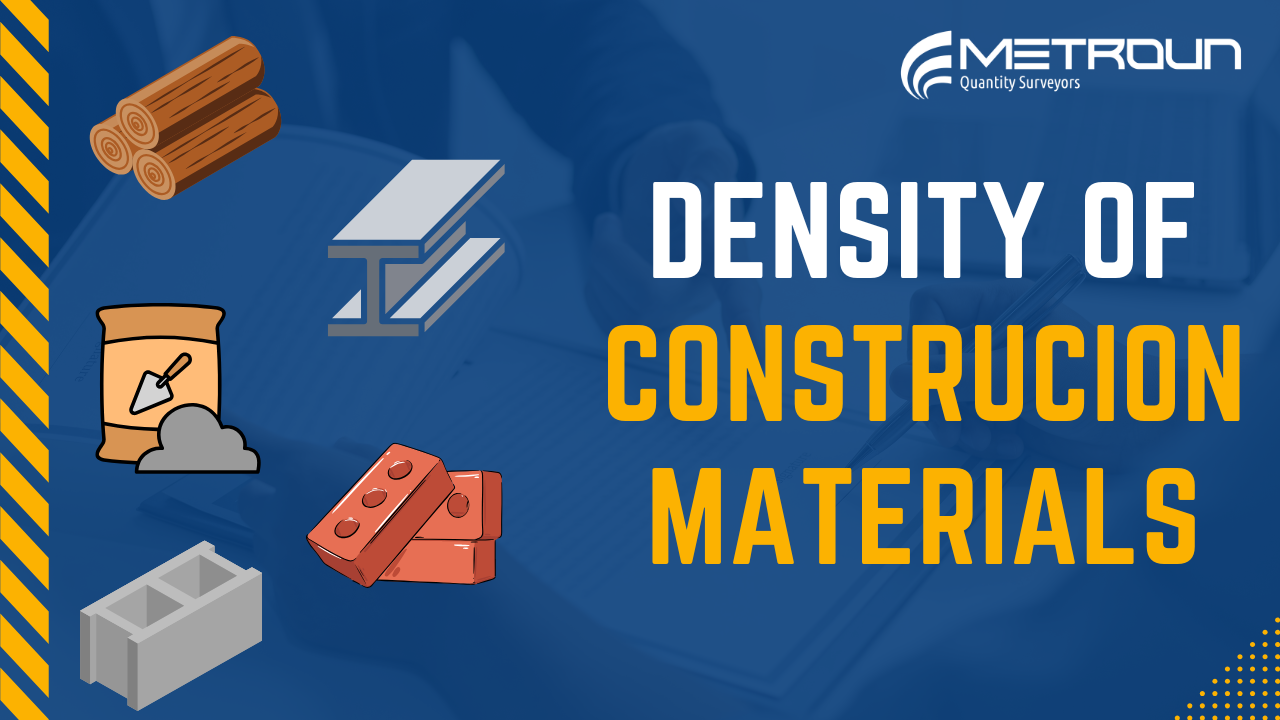The role of a Quantity Surveyor is required throughout all stages of a construction project. However, the duties evolve as the project progresses. I’m going to use the 8 RIBA Plan of Works stages to break down the different roles of a Quantity Surveyor throughout the project lifecycle.
The RIBA Plan of Works accounts for all chapters of a construction project, from the initial idea to construction, and day-to-day usage of the build. To kick things off, we have:
Stage 0: Strategic Definition (0 – SD)
At this stage, the Quantity Surveyor helps to outline the project’s objectives, providing cost advice and feasibility studies. They work closely with the client to define the budget and identify any financial constraints or opportunities.
Stage 1: Preparation and Briefing (1 – PB)
During the preparation and briefing stage, the Quantity Surveyor refines the initial budget, advising on procurement routes and strategies. They also assist in developing the project brief, ensuring all cost implications are considered and aligning the financial plan with the client’s goals.
Stage 2: Concept Design (2 – CD)
In the concept design phase, the Quantity Surveyor prepares initial cost estimates and conducts value engineering exercises to ensure the design aligns with the budget. They also begin to identify potential risks and develop strategies to mitigate them, contributing to the overall cost management plan.
Stage 3: Spatial Coordination (3 – SC)
At this stage, the Quantity Surveyor refines cost plans and conducts detailed cost checks against the evolving design. They ensure that spatial arrangements are cost-effective and that any changes in the design are financially evaluated. Coordination with other project stakeholders is crucial to maintain budgetary control.
Stage 4: Technical Design (4 – TD)
During the technical design stage, the Quantity Surveyor provides detailed cost information and supports the preparation of tender documents. They conduct pre-tender estimates, advise on contract selection, and ensure the design is fully cost-checked before proceeding to the construction phase. If this is a traditional procurement route, the Quantity Surveyor would shortlist bidders for the construction project, normalise tenders to ensure consistency, and recommend the best tender offer to the client. They would then negotiate contract terms with the successful tenderer, ensuring terms are fair and balanced.
Stage 5: Manufacturing and Construction (5 – MC)
In the manufacturing and construction phase, the Quantity Surveyor manages the financial aspects of the contract. They oversee valuations, manage changes and variations, and ensure payments are made accurately and on time. They also monitor the project’s financial health, keeping the client informed of any cost implications.
Stage 6: Handover and Close Out (6 – H)
As the project reaches completion, the Quantity Surveyor prepares final accounts, ensuring all costs are accounted for and settled. They also assist in resolving any contractual claims and provide a financial review of the project, identifying lessons learned for future projects.
Stage 7: Use (7 – U)
In the final stage, the Quantity Surveyor may be involved in post-occupancy evaluations, helping to assess the building’s performance against the initial cost plan. They also assist in managing any maintenance budgets and ensuring the building operates efficiently from a financial perspective.
Introducing Metroun Learning
Metroun Learning is an online education platform, specific to Quantity Surveyors which can satisfy all your formal CPD needs. We offer over 40 hours of formal CPD, with new courses added each month. Although all courses amass to 40 hours of formal CPD, each individual course has been engineered so it can be completed during your lunch break. This can save you time, money & reduce your carbon footprint. Metroun Learning will not only satisfy your formal CPD needs, but you’ll also gain access to:
- The QS Dictionary
- Industry-Ready Templates
- Metroun AI
- And a variety of construction conversion calculators
To join Metroun Learning, simply click here











